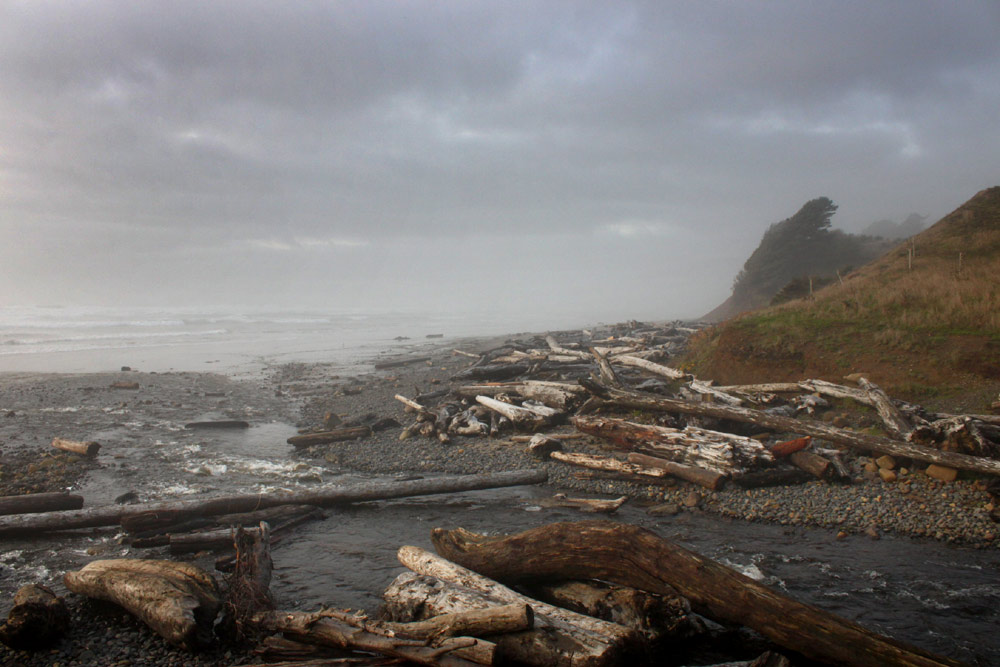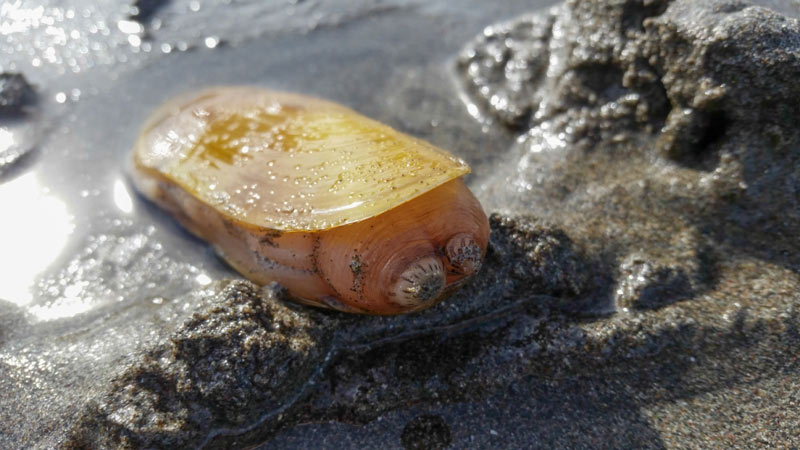Razor Clamming Reopens on Central Oregon Coast: Lincoln City to Seal Rock
Published 3/16/24 at 5:35 a.m.
By Oregon Coast Beach Connection staff

(Lincoln City, Oregon) – After being shut down for ten days, razor clamming is back open on the central Oregon coast, from Lincoln City down to Seal Rock. Oregon Department of Agriculture (ODA) and Oregon Department of Fish and Wildlife (ODFW) made the announcement late this week after closing down the activity due to unsafe levels of a biotoxin earlier this month. (Above: Newport - Oregon Coast Beach Connection)
Includes exclusive listings; some specials in winter
In Cannon Beach:
Includes rentals not listed anywhere else
In Manzanita, Wheeler, Rockaway Beach:
Some specials for winter
In Pacific City, Oceanside:
Some specials for winter
In Lincoln City:
Some specials for winter
In Depoe Bay, Gleneden Beach:
Some specials for winter
In Newport:
Look for some specials
In Waldport
Some specials for winter
In Yachats, Florence
Some specials for winter
Southern Oregon Coast Hotels / Lodgings
Reedsport to Brookings, places to stay; winter deals
“Recent razor clam samples indicate levels of domoic acid (a marine biotoxin) are below the limit for two consecutive weeks,” ODFW said.
This now opens up the area from Cape Blanco (north of Port Orford) through to the Washington border. However, the recreational harvesting of these clams is still closed from Cape Blanco down to the California border.
Open areas now include Bandon, Reedsport, Coos Bay, Florence, Waldport, Newport and Lincoln City, as well as northward into Tillamook and Clatsop counties.
The beaches of Warrenton and Seaside – often called Clatsop Beach – contain the highest population of razor clams, accounting for 90 percent of them in Oregon.
You can still go crabbing throughout the entire Oregon coast, as well as harvesting bay clams or mussels.
ODA continues to test shellfish at least twice each month – as weather and tides permit. In order to reopen a closed area, it must be below the unsafe threshold for two consecutive weeks.

Domoic acid is naturally occurring in the ocean, created by algae that can bloom in heavy amounts off the Oregon coast (or Washington or California).
Incidents of closures due to the biotoxin have increased in frequency and grown longer in recent years, which scientists believe comes from changes in the ocean allowing more of the algae – an effect of climate change.
In 2017, NOAA and OSU published a report showing domoic acid can, in some instances, be related to the warmer waters being seen in the region. The work was led by OSU researcher Morgaine McKibben. They found a direct link from "domoic acid concentrations in shellfish to ocean conditions caused by warm water phases of natural climate event cycles like Pacific Decadal Oscillation (PDO) and El Nino,” said McKibben.
For more information call ODA's shellfish biotoxin hotline at (800) 448-2474, the ODA Food Safety Program at (503) 986-4720, or visit the ODA Recreational Shellfish Biotoxin Closures Webpage.
Contact ODFW for recreational license requirements, permits, rules, and limits.
Oregon Coast Hotels in this area - South Coast Hotels - Where to eat - Maps - Virtual Tours
Cannon Beach Lodging
Nehalem Bay Lodgings
Manzanita Hotels, Lodging
Three Capes Lodging
Pacific City Hotels, Lodging
Lincoln City Lodging
Depoe Bay Lodging
Newport Lodging
Waldport Lodging
Yachats Lodging
Oregon Coast Vacation Rentals
Oregon Coast Lodging Specials


Photos below courtesy Seaside Aquarium
More About Oregon Coast hotels, lodging.....
More About Oregon Coast Restaurants, Dining.....
 Andre' GW Hagestedt is editor, owner and primary photographer / videographer of Oregon Coast Beach Connection, an online publication that sees over 1 million pageviews per month. He is also author of several books about the coast.
Andre' GW Hagestedt is editor, owner and primary photographer / videographer of Oregon Coast Beach Connection, an online publication that sees over 1 million pageviews per month. He is also author of several books about the coast.
LATEST Related Oregon Coast Articles
Oregon Coast Visitors Association Honored with TravelAbility Film Festival AwardA year of milestones for the coast and accessibility
South Oregon Coast First Day Hikes: Nature's Workout in Bandon, Coos Bay, Ree...
Hike near lighthouses or along the sands. Bandon events, Coos Bay events, Reedsport events, Florence events, Florence event, Port Orford events
Oregon Coast Whale Watch Week Comes as Scientists Worry About Latest Populati...
Saturday, Dec. 27 through Wednesday, Dec. 31 from Brookings to Warrenton. Brookings events, Gold Beach events, Port Orford events, Coos Bay events, Bandon events, Florence events, Yachats events, Newport events, Lincoln City events, Rockaway Beach events, Manzanita events, Cannon Beach events, Seaside events, Astoria events
Dramatic Rescue of Two Surfers at N. Oregon Coast's Cannon Beach
Video - Just hours ahead of major king tides issues and warnings. Safety, weather
N. Oregon Coast's Ecola State Park Closed Due to Landslides That Cracked Road
This part of Cannon Beach is prone to hillside movement: Indefinate closure. Weather, safety
Lincoln City Jumpstarts Oregon Coast Holidays with Tree Lighting, Dock the Deck
Dock the Deck Nov. 22, tree lighting at LCCC on Nov 28. Lincoln City events
Cost Increases at Oregon State Parks - Inland and on the Coast
Higher parking fees and some new parks may start charging. Weather
Oregon coast on the downlow (rates, that is), in Lincoln City and Cannon Beach
Exceptional hotel deals in Cannon Beach and Lincoln City. Cannon Beach reviews, Lincoln City reviews
Back to Oregon Coast
Contact Advertise on Oregon Coast Beach Connection
All Content, unless otherwise attributed, copyright Oregon Coast Beach Connection. Unauthorized use or publication is not permitted





















































